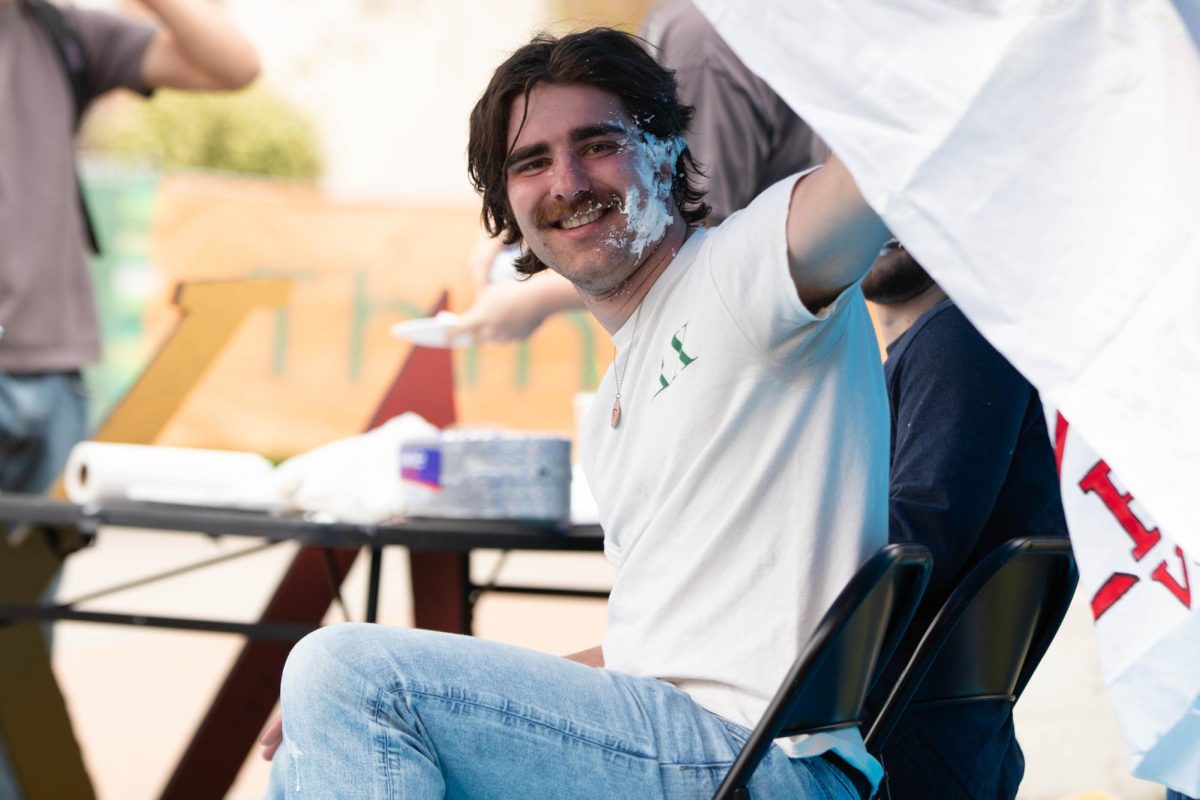Halloween is typically a time for scares and fun, but for some other cultures, it is a time for remembrance and the celebration of the afterlife.
Global Village Museum brought in an emotional exhibit to celebrate National Hispanic Heritage Month. Their exhibit honors the Day of the Dead, known in Mexico as “Día de los Muertos.”

“We wanted something bilingual and to get the schools involved and community involved,” said Gayle Warner, director of the Global Village Museum.
The museum highlighted important elements of Day of the Dead by focusing their exhibit around memorial altars. The altars were assembled by local artists, community members and the nearby Fort Collins schools.
The altars made for Day of the Dead combine several traditions that honor the deceased. Items such as food, photos and flowers are given to the spirits of the loved ones who are crossing back into the land of the living to celebrate.
There were 16 altars displayed at the museum. They emphasized the importance and remembrance of those who have passed away. However, these altars not only focused on individual family members, but important events and groups.
One altar showcased and commemorated the Mexican American singer Selena. This altar was built by the students of Fort Collins High School.
“They wanted to really connect new paths for the Mexican American community,” said Jody Snow, a Spanish teacher from Fort Collins High School.
Another altar that was displayed was created by local artist Elizabeth Nelson. She honored some of her favorite artists in history like Vincent van Gogh, Salvador Dalí, Pablo Picasso and Diego Rivera.
I think that a lot of people aren’t aware of Day of the Dead, and I thought it was a really good way for Latinos to share something of their culture. It just brings us closer together.” – Elizabeth Nelson, artist
“I wanted to honor my favorite artists, and it just took off from there,” Nelson said.
Her altar included paintings, paintbrushes, food, drinks, candles and any other material elements that could help someone’s spirit in the afterlife.

Some altars addressed social issues currently facing Mexican people. One altar commemorated the many immigrants who died crossing the border and from hate crimes. Another one, assembled by Museo de las Tres Colonias, celebrated migrant workers in Northern Colorado in the early 2000s. It featured photographs of the workers and Colorado crops, such as sugar beets and gourds.
“I tried (to make) a traditional feel for the altar, like a short-handled hoe and the tools migrant workers used,” Snow said.
Day of the Dead is an annual holiday in Mexico that takes place from Oct. 31 through Nov. 2. However, the holiday has spread throughout Central America and is sometimes practiced in the United States.
“It came as indigenous custom but merged with Spanish colonial customs,” Warner said.
Day of the Dead is commonly misunderstood as part of a Halloween tradition, but it has deep traditional roots in Mexican culture.
“I think that a lot of people aren’t aware of Day of the Dead, and I thought it was a really good way for Latinos to share something of their culture,” Nelson said. “It just brings us closer together.”
Sam Sedoryk can be reached at entertainment@collegian.com or on Twitter @samsedoryk.







